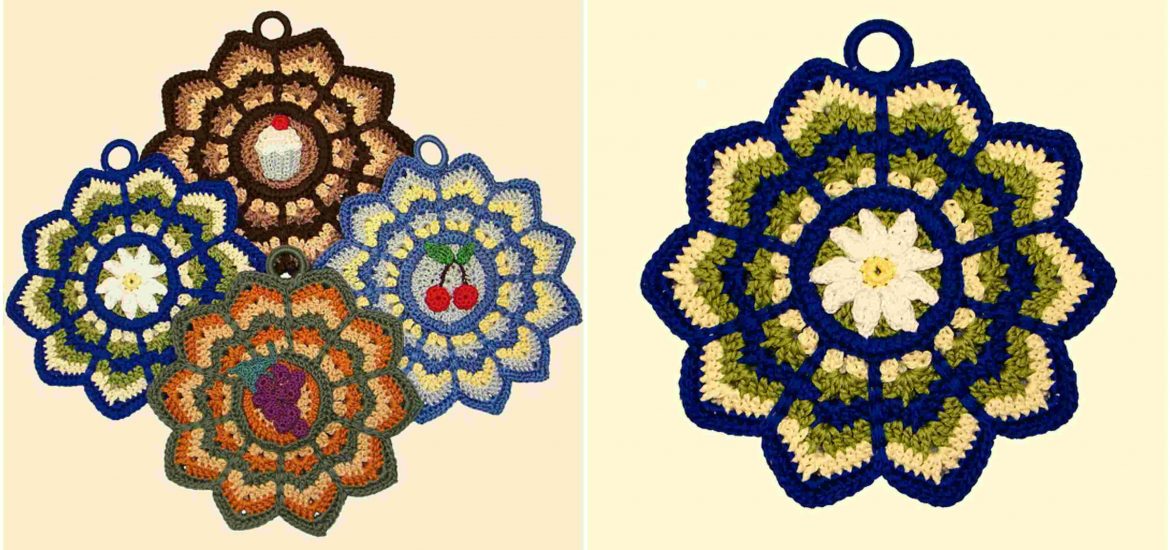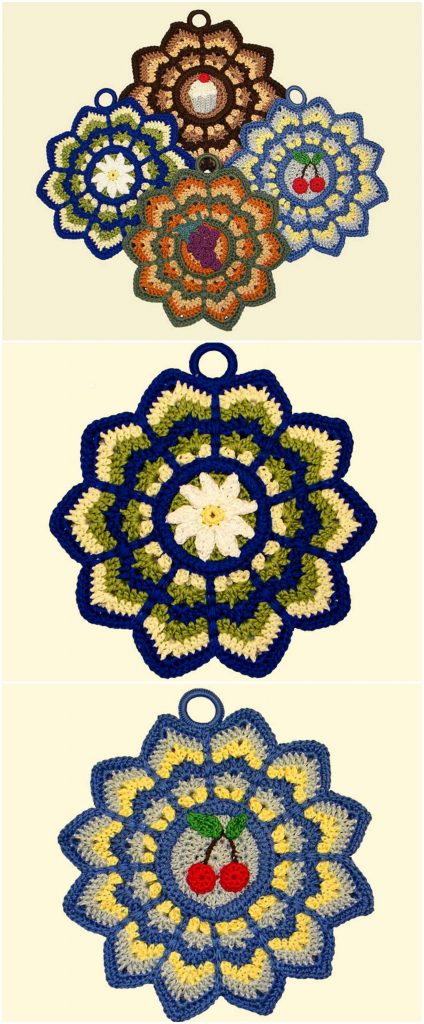The wooden fences are beautiful, easy to make and give a more complete and cozy air to the outside areas of the house. They are the perfect complement to gardens, balconies, backyards, swimming pools and even the facade. The wooden fence became famous in Brazil for being used to demarcate rural land, but, as in other countries, it soon became a residential adornment. And it was about time that the wooden fence model was the one with spaces between the wooden pegs and upturned ends. There are currently various types of wood, colors and shapes to fit each fence project. In this post we will see more about the wooden fence and you will also learn how to make an amazing Ripple Potholder.
In addition to security, the wooden fence helps to give more privacy in spaces, sectorize environments and decorate open areas, and is very beautiful and customizable. Best of all, you can make your own! Depending on where your wooden fence will be placed, it will feature different notes from each other. But to begin with, let’s go for the environment that receives the most fences and where it is easiest to apply it: the garden.
Free Pattern Available: Ripple Potholder
You will need:
Nails;
Complete sets of bolts (with nut and washer);
Wooden slats 5 cm wide and 6 mm thick. The height of the slats and the amount will depend on the size of the area you want to surround;
95 cm high wooden slats – of which 15 cm will be buried – 5 cm wide and 20 mm thick;
Paint, brush and varnish;
Saw (may be optical-toxic);
Screwdriver;
Tar to the area that will be buried.
Before purchasing the materials it is important to measure the space and think about the height of the fence you wish to assemble.
Step 1 – Start by cutting all slats to the measures already defined at the time of project development;
Step 2 – If desired, make diagonal cuts – forming a spear – at the tip of the vertical slats – they need to be made at the part that will be buried as well;
Step 3 – After this step, apply the tar to the area that will be buried;
Step 4 – With the longest slats and hammer you can go nailing horizontally at the desired spacing between the slats with the spear at the end;
Step 5 – The screws will help make the slats firmer and can be applied with the nuts and washers after the nails;
Step 6 – When one of the fence “walls” is ready, you can place it on the garden floor and then the other until you close the fence;
Step 7 – Finish with the paint and varnish.
Depending on the environment and your taste, the wooden fence may be lower, taller, with arches, spikes, or smaller spaced wood slats, ensuring more privacy for the space.
Are you enjoying it? Also check out these Free Patterns:












